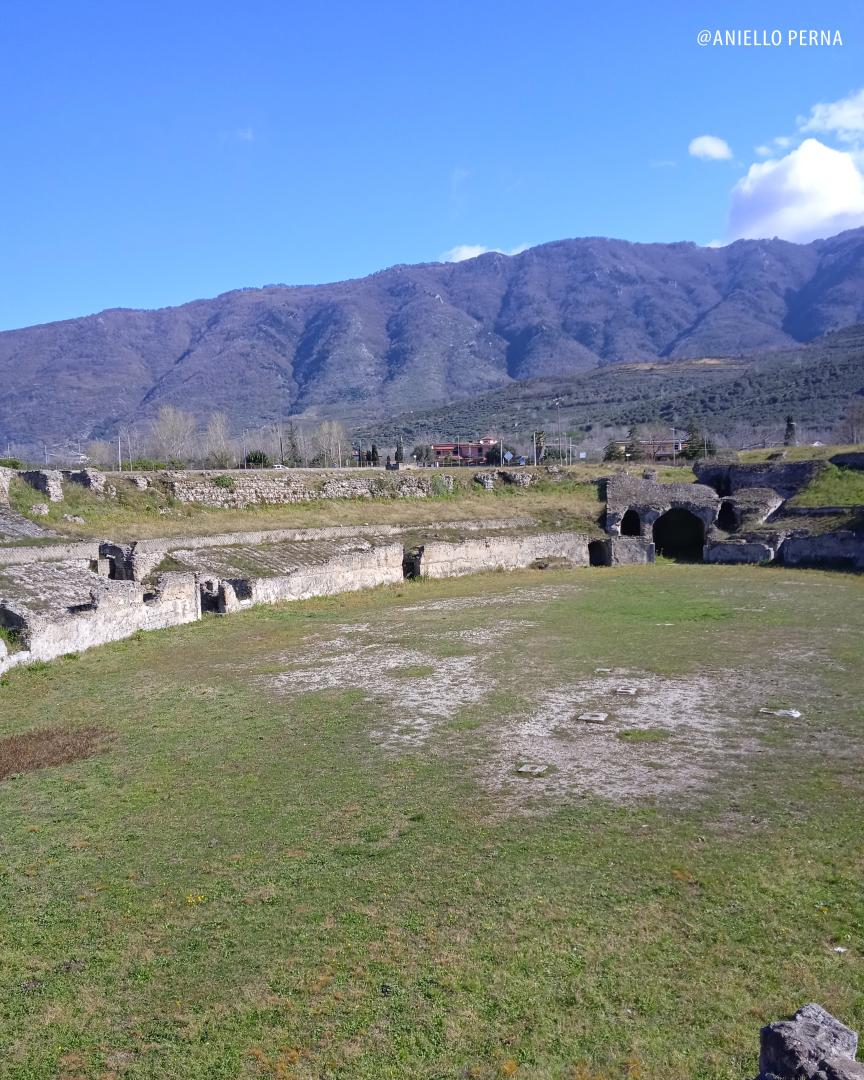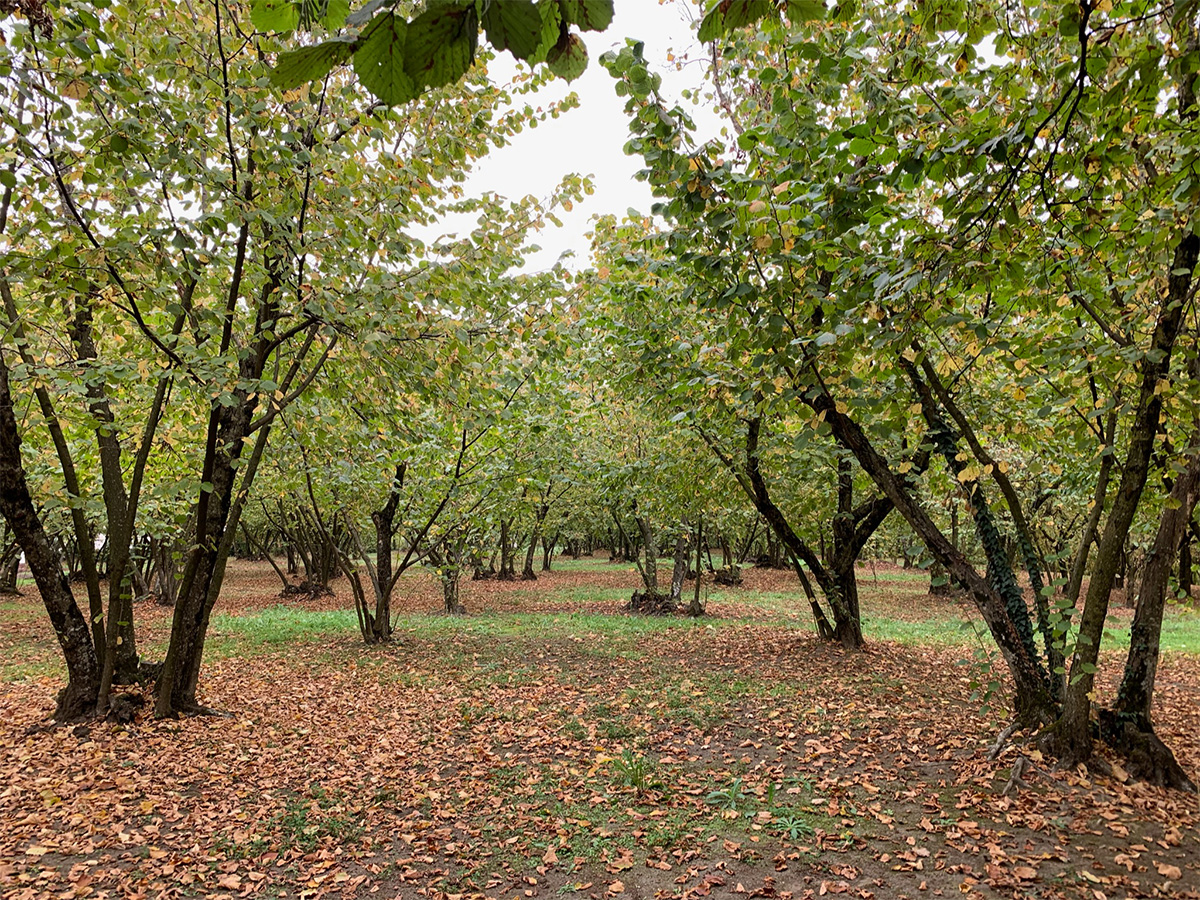Roasted and shredded, they appeared as an ingredient in different recipes of the “De re coquinaria” of Apicius, the famous roman chef who lived between the 1st and the 2nd century a.D and recommended the use of “nuts of Avella”, in other words the nuts.
 In Spanish and Catalan the word “avellanas” underlines the link with the ancient place in Irpinia, which appears between the mounts of the Partenio. Crossed by the Clanio River, and surrounded by hazelnut groves of which the wood was mentioned by D’Annunzio. Avella keeps in its area proofs of an important history since prehistoric times. There, the Samnites have left the most important document in Oscan language, the Cippus Abellanus. The Romans left an amphitheatre and the remains of town buildings; the Lombards a castle of the 7th century a.D dedicated to the archangel Michael on the hill which dominates the hamlet and protects it; the Normans left a city wall, overlaid with the preexisting Lombard one, around the hill of the castle. On the uplands, which surround Avella, it is possible to visit the grottos of Camerelle of Pianura, the grottos of the Sportiglioni and of Saint Michael.
In Spanish and Catalan the word “avellanas” underlines the link with the ancient place in Irpinia, which appears between the mounts of the Partenio. Crossed by the Clanio River, and surrounded by hazelnut groves of which the wood was mentioned by D’Annunzio. Avella keeps in its area proofs of an important history since prehistoric times. There, the Samnites have left the most important document in Oscan language, the Cippus Abellanus. The Romans left an amphitheatre and the remains of town buildings; the Lombards a castle of the 7th century a.D dedicated to the archangel Michael on the hill which dominates the hamlet and protects it; the Normans left a city wall, overlaid with the preexisting Lombard one, around the hill of the castle. On the uplands, which surround Avella, it is possible to visit the grottos of Camerelle of Pianura, the grottos of the Sportiglioni and of Saint Michael.



Comments powered by CComment